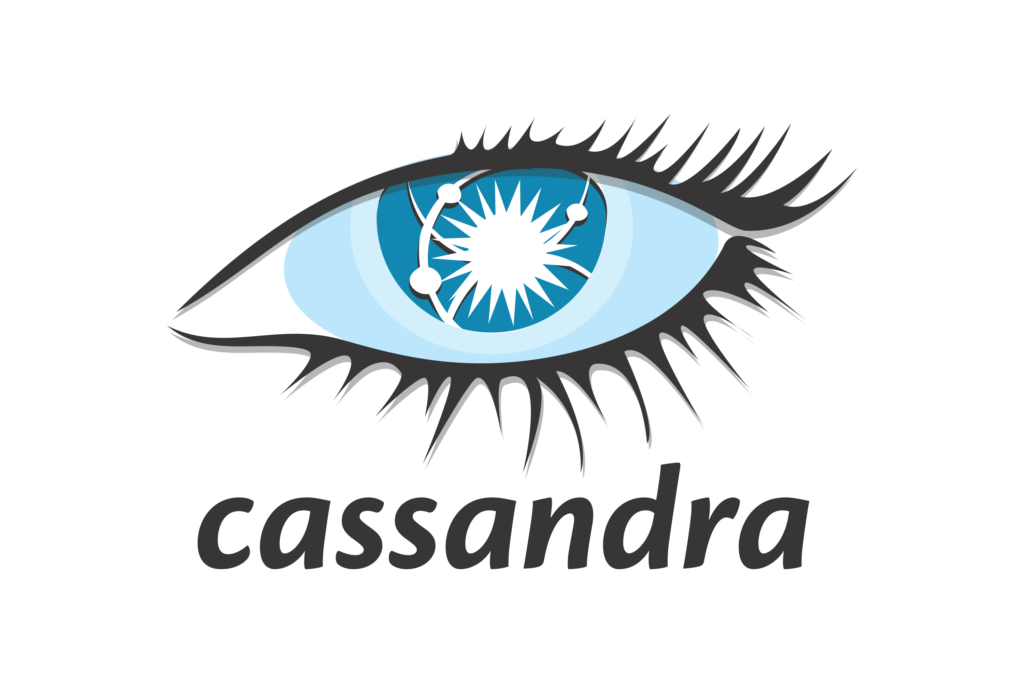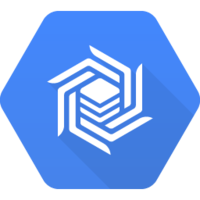Navigating the dynamic realm of data management is nothing short of a strategic imperative for businesses determined to unlock the boundless potential within their data troves. As we usher in the promising year of 2023, the database software landscape persists in its relentless pursuit of innovation, driven by the insatiable appetite of contemporary enterprises for data-driven insights. In this comprehensive exposition, we embark on a journey through the captivating realm of the top 11 database software solutions that stand as the architects of our data-centric future in this transformative year of 2023.

1. Oracle Database 23c:
Oracle, an enduring titan in the realm of enterprise-level database solutions, maintains its indomitable reign with the formidable Oracle Database 23c. This commanding presence in the market persists, characterized by its unparalleled capacity for scalability, impregnable fortress of security features, and unwavering commitment to accommodating a plethora of data types. In the ever-expanding universe of data management, Oracle Database 23c continues to stand tall as the preferred sanctuary for organizations grappling with the monumental demands of colossal data ecosystems.
Pros: Offers unmatched scalability and robust security features, but can be cost-prohibitive for smaller businesses.
Cons: High licensing costs may be a deterrent for budget-conscious organizations.
2. Microsoft SQL Server 2023:

Microsoft SQL Server 2023 is another heavyweight in the database arena. Esteemed for its seamless orchestration within the intricate Microsoft ecosystem, its bastion fortified by robust fortifications of security measures, and its versatile embrace extending from on-premises realms to the ethereal cloud, Microsoft SQL Server 2023 unfurls its welcoming arms to a diverse array of enterprises, offering a sanctuary harmoniously tuned to their unique cadence and aspirations.
Pros: Seamlessly integrates with Microsoft products and provides excellent support, but can be challenging to manage in non-Windows environments.
Cons: Limited compatibility with non-Windows operating systems.
3. MySQL 9.0:

Emerging from the cocoon of open-source innovation, MySQL has unfurled its wings with grace in the form of MySQL 9.0. Celebrated for its swiftness, a capacity to scale mountains, and the thrifty finesse it brings to the table, it stands resolute in the corridors of 2023 as the darling of burgeoning startups and nimble small to medium-sized enterprises, an ode to the art of achieving more with less.
Pros: Known for its speed and cost-effectiveness, but lacks some advanced features found in other database systems.
Cons: May not be suitable for highly complex data structures.

bud!
4. PostgreSQL 15:

As we usher in the era of PostgreSQL 15, this venerable titan among open-source object-relational databases unveils its might. With an arsenal of advanced indexing techniques, an innate gift for extensibility, and a warm embrace of JSON, it dons the mantle of a chameleon in the data world—a transformative choice for enterprises on the quest for robustness and fiscal prudence in their digital odyssey.
Pros: Offers advanced indexing and extensibility, but requires more manual optimization for high-performance setups.
Cons: Performance tuning can be complex and time-consuming.
5. MongoDB 5.0:

MongoDB has emerged as a leader in the NoSQL database category. With its document-oriented approach, horizontal scalability, and support for unstructured data, MongoDB 5.0 continues to attract organizations looking to manage modern data formats effectively.
Pros: Excellent for handling unstructured data and providing horizontal scalability, but may not be the best choice for highly transactional applications.
Cons: Limited support for complex SQL queries.
6. Redis 7.0:

Redis is an in-memory data store known for its lightning-fast performance. Redis 7.0 introduces new features like Redis Streams and enhanced clustering capabilities, making it indispensable for real-time applications and caching needs.
Pros: Provides lightning-fast performance for caching and real-time applications, but lacks some durability features.
Cons: Data persistence mechanisms may not suit all use cases.
7. Cassandra 4.0:

Apache Cassandra, a distributed NoSQL database, is highly favored for its ability to handle massive amounts of data across multiple nodes. Version 4.0 brings improved performance and operational simplicity to the table.
Pros: Scales well across distributed environments, but can be complex to configure and manage.
Cons: Requires expertise to optimise and troubleshoot.
8. Amazon Aurora:

Amazon Aurora is a cloud-native, MySQL and PostgreSQL-compatible relational database service offered by AWS. With features like high availability and seamless scalability, it continues to be a top choice for businesses embracing the cloud.
Pros: Offers high availability and scalability in a managed cloud environment, but can be costly as data storage grows.
Cons: Costs can add up with increased storage needs.

bud!
9. Microsoft Azure Cosmos DB:

Azure Cosmos DB is Microsoft’s globally distributed, multi-model database service. In 2023, it shines with features like automatic sharding, multi-model support, and industry-leading SLAs, making it ideal for globally scalable applications.
Pros: Globally distributed with multi-model support, but pricing can be complex and costly for high-throughput workloads.
Cons: Complex pricing model may lead to unexpected charges.
10. Google Cloud Bigtable:

Google Cloud Bigtable is a fully managed, scalable NoSQL database service designed for large analytical and operational workloads. Its integration with the Google Cloud ecosystem and impressive throughput capabilities make it a standout choice.
Pros: Designed for large analytical workloads and integrates well with Google Cloud, but may have a learning curve for newcomers.
Cons: Requires familiarity with Google Cloud services.
11. Snowflake:

Snowflake is a cloud-based data warehousing platform that has gained immense popularity. Distinguished by its ingenious architecture that artfully decouples the realms of storage and computation, Snowflake dances on the delicate balance beam of data analytics, where flexibility unfurls its wings, scalability ascends like a symphony, and cost-effectiveness becomes not just a virtue but an art form, rendering it a maestro’s masterpiece in the world of data orchestration.
Pros: Offers flexibility and scalability in a cloud-based data warehousing platform, but pricing can be high for large-scale data processing.
Cons: Costs can escalate rapidly for extensive data usage.
Conclusion:
As the digital hourglass of 2023 runs, the vast expanse of the database software terrain sprawls, a veritable smorgasbord, dishing out solutions to satiate the most eclectic of data appetites. Be you a multinational juggernaut, a spry phoenix of a startup, or a soul traversing the realms in between, rest assured, there exists a bespoke database constellation that aligns perfectly with your unique data tapestry. From traditional relational databases to modern NoSQL and cloud-native options, the top 11 database software solutions mentioned here are at the forefront of this data-driven era. As the relentless data tempest continues to swirl, businesses find themselves adrift on the digital sea, where the compass of database software choice becomes their North Star. The pivotal role of this decision cannot be emphasized enough, akin to selecting the right vessel for a perilous voyage. Choose judiciously, and you’ll not merely navigate the ever-expansive data cosmos of 2023 but unfurl your sails to catch the gusts of innovation, charting a course for the boundless horizons of data mastery in the epochs beyond.
